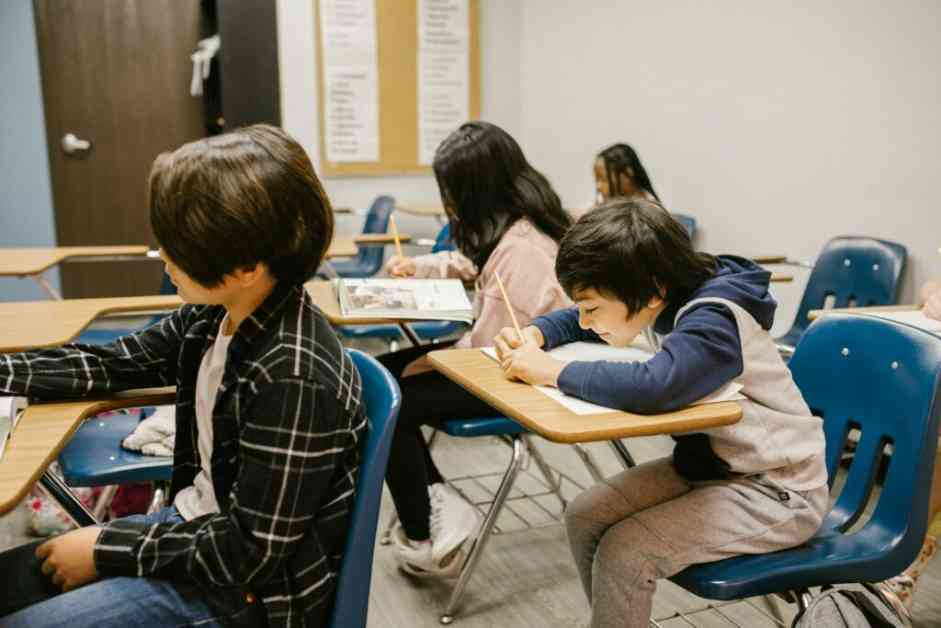California Education Policy: Navigating Challenges for Student Success
As California looks to the future post-election, the importance of clear-eyed strategies to address pressing challenges in education policy has never been more evident. With a myriad of issues affecting student achievement, chronic absenteeism, and career readiness, the state must prioritize evidence-based solutions to drive meaningful progress for its children and families.
Pressing Challenges in Education
California’s education system is facing four significant challenges following the COVID-19 pandemic. Student achievement remains a concern, with performance gaps persisting and chronic absenteeism on the rise. Schools are struggling to equip students with the necessary skills for success, while culture wars divert attention from critical issues. To overcome these obstacles, targeted solutions and decisive action are essential.
Strategies for Improvement
Parents are deeply invested in their children’s education and are calling for a comprehensive strategy to enhance student achievement. High-quality instructional materials and teacher training are crucial components of any improvement plan. Embracing successful models like the “science of reading” movement can lead to significant positive outcomes, as demonstrated by Mississippi’s transformative reforms.
Addressing Chronic Absenteeism
Chronic absenteeism has more than doubled since the pandemic, impacting over 1.4 million students in California. Access to mental health services, tackling school violence and bullying, and improving physical health services are key areas that require immediate attention. Localized strategies and targeted interventions are necessary to support affected students and ensure their long-term well-being and career prospects.
Fostering Career Pathways
Efforts are underway to expand student access to high-wage, high-interest careers through public-private partnerships and cross-sector collaborations. By providing opportunities for students to develop essential skills and gain practical experience in fields like technology and healthcare, districts can prepare them for successful futures in the workforce or higher education. Initiatives led by organizations in Southern California serve as models for other regions to follow.
In conclusion, as California’s education system navigates uncertainty and political shifts, a focus on evidence-based local strategies is crucial. By uniting advocates, parents, and policymakers around common goals and prioritizing student success, the state can overcome challenges and create a brighter future for its youth. By working together and staying committed to improving education for all, California can lead the way in shaping a better tomorrow for its students and families.
